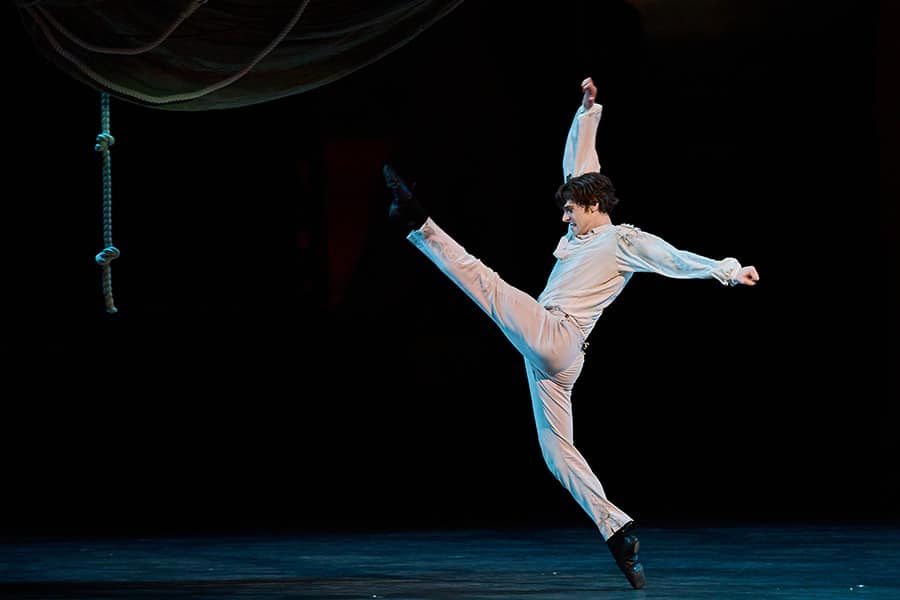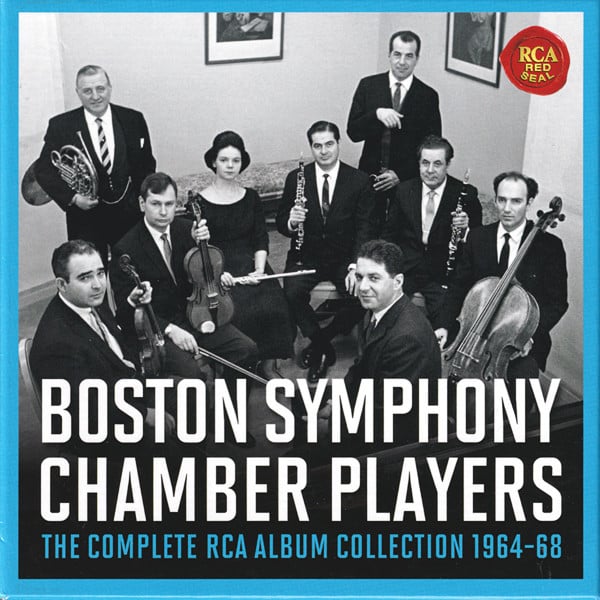Composer finishes 300th symphony
main… while maintaining a busy international conducting schedule.
It’s the irrepressible Leif Segerstam.
And he’s titled the latest symphony ‘Status Quo’.


… while maintaining a busy international conducting schedule.
It’s the irrepressible Leif Segerstam.
And he’s titled the latest symphony ‘Status Quo’.

The press service of the Mariinsky Theater has…

From the general manager’s self-admiring Sunday sermon in…

From the French magazine le canard enchainé, under…

The death has been announced, aged 94, of…

Session expired
Please log in again. The login page will open in a new tab. After logging in you can close it and return to this page.
Because it only uses three chords?
Where there is Leif, there is life.
This man handed down an immense performance of Bruckner 8 last year with the BBC Symphony Orchestra which shattered the spheres, overran the Rado 3 schedule, and proved that the ‘race is not to the swift’.
It was Klemp, it was Reggie, and yet it was original.
As to his compositions….
A large proportion of these symphonies are to be performed without a conductor. Even people with an open mind would be hard pressed to say why these are symphonies in any meaningful sense. “Sounding together” doesn’t help much.
The official Finnish listing of his music does not currently have a Symphony No. 297. Oh no!
Not true:
Symphony No. 297 (2016)
Sinfonia (piccola) No. 297 with Royal Cello Obligato Solo…
strings, cello solo
By the way, also Einojuhani Rautavaara has an orchestral piece without a conductor (“Garden of Spaces”). To write Concertos and orchestral works without a conductor was practised in the Soviet Union during late 1920s and early 30s.
In fact, these symphonies are one long piece, a kind of ‘work in progress’, just written quickly in little bits after the many moments when the dove of inspiration lands on the composer’s head – and takes-off again after a very short while. It is one long scream from the Finnish subconscious, extended in terms of quantity in case people would not get the message. What cannot be achieved in quality, has to be compensated for in quantity. If you listen to all of the symphonies, at the very end it can be expected that you get something of an idea what the composer had wanted to say. I’m now at nr 212 and still have no idea whatsoever, but I remain hopeful:
http://www.youtube.com/watch?v=gAydCG0KTdQ
I am already at Symphony No. 276 “Successful Mental & Corpsal combinationcopulations in Creative Chaoses…!”
https://www.youtube.com/watch?v=f1CPFf1luOg
Powerful work !
Again, the composer seems to want to ‘say’ something, but it remains as unclear as all the 212 symphonies I have now listened to, and presumably nrs 213 – 275 as well? It sounds so incomprehensible and chaotic and insane, that it must be VERY profound.
Thoughtful discussion. I have to say though that I definitely think them more than worthy of the “symphony” designation, but only if the word is allowed to encompass an updated concept: the musical expression of expansive adventure, texture, tempo, etc. on a stupendous scale, devoid of earlier rules and regulations. To lots of people “symphony” has become an all encompassing medium of expression at this point. But I recognize that others don’t embrace this new mode and everyone’s entitled.
What is he saying? To me he’s reflecting, via brilliant orchestration (be it improvised OR notated), a sense of cosmic adventure, to put it at its most prosaic. I believe him to be the “modern Wagner,” in terms of his originality and astonishingly vast, rich soundworld.
Why not entitle it Quo Vadis?…